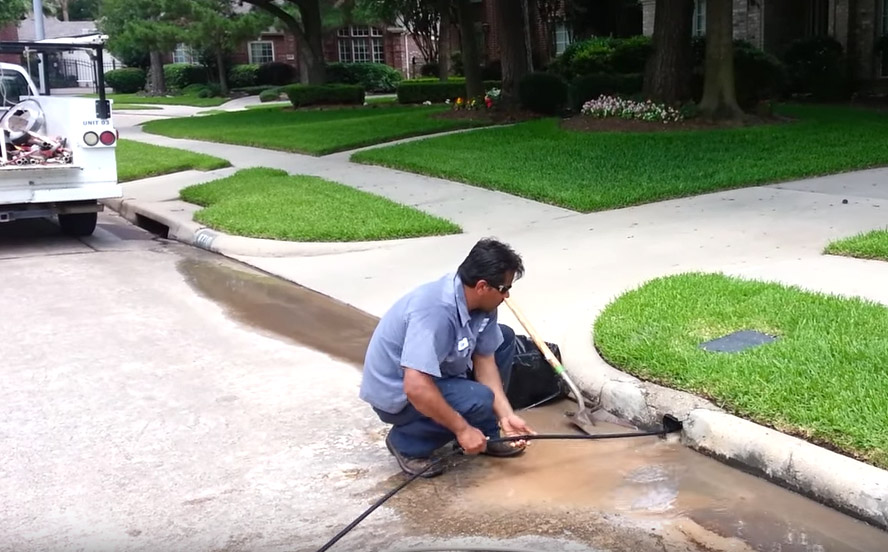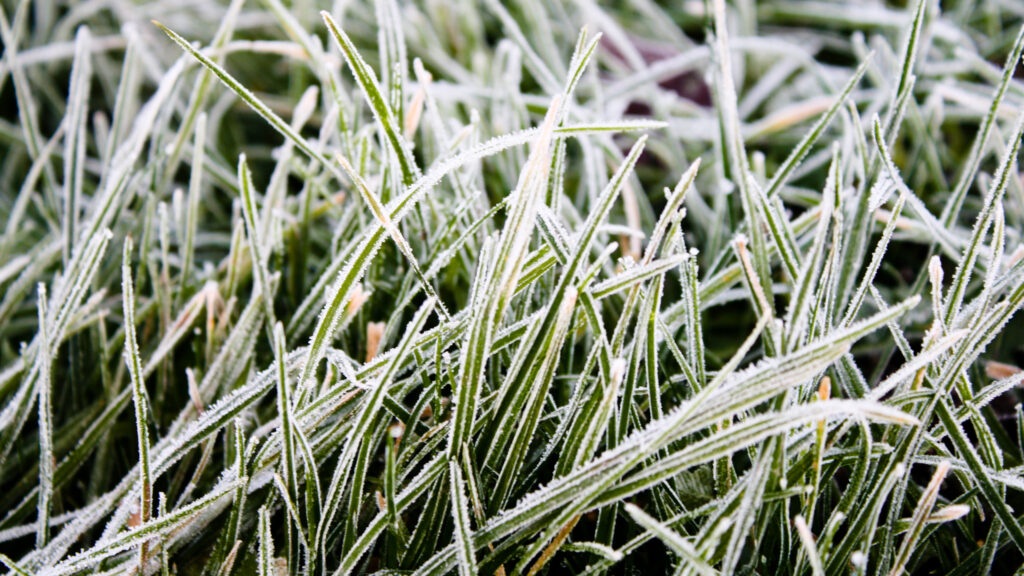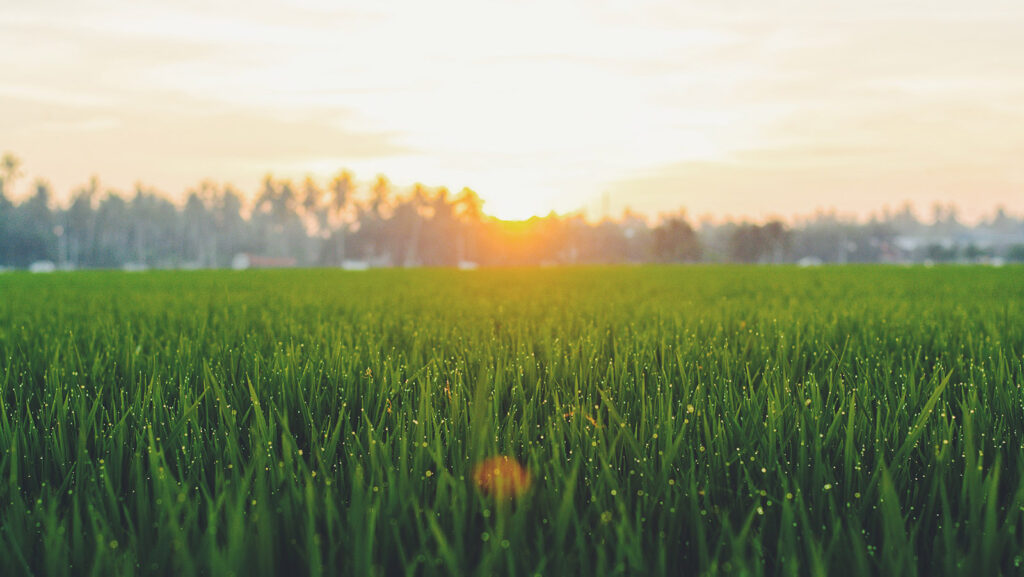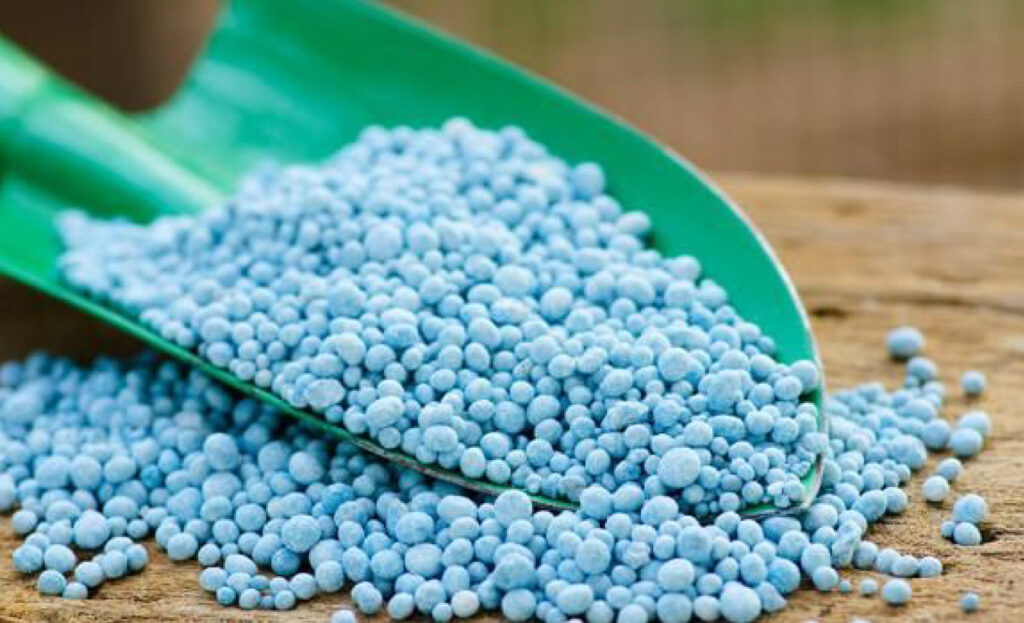Sprinkler Leaks Can Bring Costly Surprise

Sometimes it takes getting soaked with water-bill sticker shock for homeowners to find out about a leaking sprinkler system.
A leak the width of a dime in an underground sprinkler line can waste 6,300 gallons of water per month — doubling typical water use on some household water bills.![]()
![]()
Aside from increased water bills, underground leaks from sprinkler systems may not surface until a sinkhole swallows a backyard deck or water bubbles up as an unintended bedroom fountain. Underground leaks from sprinkler systems, threaten pocketbooks and water supplies alike, particularly during dry seasons.
How much water can be lost to seemingly small leaks?
A leak near one sprinkler head can lose about 225 gallons during one 15-minute watering cycle. Run three times per week, that can waste about 3,000 gallons of water per month. The magnitude gets multiplied when it’s a community irrigation system or commercial-size system at a neighborhood, business, condominium or hotel.
How much can leaks increase water bills?
The water lost in that small leak near one sprinkler head can end up tacking an additional $20 per month onto water bills.
Larger leaks from irrigation systems can double a water bill in one month. Even when a leak is to blame for an inflated water bill, it’s the homeowner, in most cases, who still gets stuck paying.
To try to promote conservation, many city utilities (including City of Houston) charge higher rates for the largest water users, so one month of leaking can push a customer into that more expensive category.
What damage can leaks cause?
Leaks from sprinkler lines can create sink holes and below-ground cavities that crack or cave in pool decks, sidewalks and patios and also damage utility lines. Portions of lawns and other landscaping can be lost due to declining water pressure from a leaking sprinkler system that runs unattended.
How can you detect underground leaks?
Utility and water-management district officials recommend periodic leak testing of sprinkler systems. Leaks in sprinkler systems fed by wells don’t show up in water bills that charge for water supplied by local utilities. Checking for irrigation leaks includes looking for broken sprinkler heads and testing each sprinkling zone for reduced water pressure, which can be sign of below-ground leaks.
How do sprinkler leaks affect our drinking-water supply?
Landscape irrigation alone accounts for about half the public water supply used in most areas, according to management districts.
Pumping more water to feed leaking sprinkler lines and adds to the strain on underground drinking-water supplies.
Checking for leaks in irrigation systems and pools should become everyone’s conservation routine.
Written by: Andy Reid
Related Articles
Do You Have Slow Or Clogged Yard Drains? Here’s How To Fix Them.
Yard drains and driveway drains help remove rainwater from your property into the storm sewer or other…
Sprinkler Freeze Alert For The Houston Area
The temperature is expected to plunge in the Houston area for most of this week. Starting on…
High Temperatures Expect Throughout The Week – It’s Time To Service Your Sprinkler System
The Houston area is expecting temperatures to rise to the mid-nineties throughout the week. Hight heat can…
How to Prevent Fertilizer Burn During the Summer
During the warm summer months, everyone wants to enjoy their lawns. Unfortunately, the summer heat can also…
